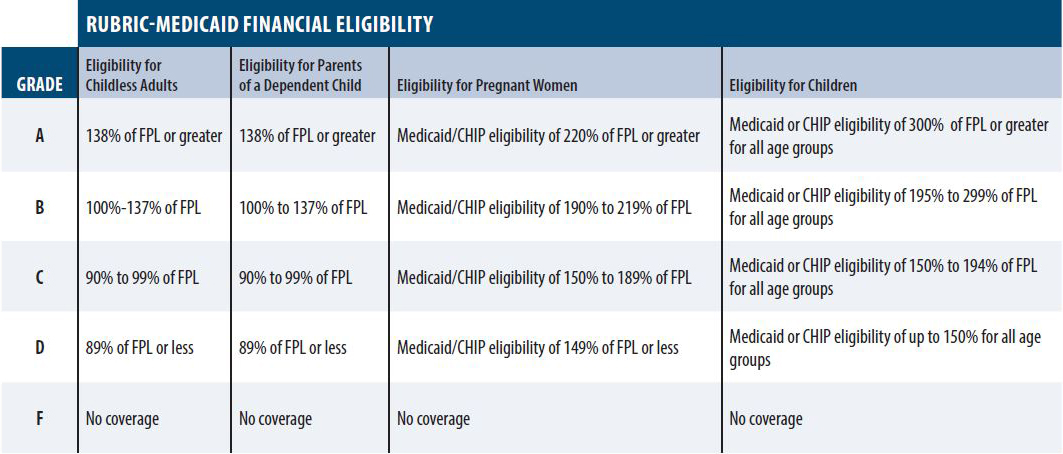NORD supports the ability of more rare disease patients to access comprehensive health care services through expanded financial eligibility for Medicaid.
Medicaid is an entitlement program administered through a partnership between the federal government and state governments, wherein individuals who meet certain criteria are guaranteed access to health care services. However, each state has a significant role in shaping its own Medicaid program, resulting in considerable variability in state Medicaid program eligibility and benefits. Medicaid plays a significant role in supporting the rare disease community, as many individuals with rare diseases depend on Medicaid for primary or supplemental health care coverage. As of May 2021, Medicaid covers over 75.8 million Americans, making it the largest provider of health care coverage in the United States and a critical safety net for its enrollees.1
Prior to the enactment of the Affordable Care Act (ACA) in 2010, United States citizens could be eligible for Medicaid coverage in the state in which they resided if they were members of a certain group (e.g., children, parents of dependent children, pregnant women, etc.) and if their income and combined assets fell within a range determined by the state. The ACA amended this eligibility standard by removing the specific categories and establishing a nationwide minimum income eligibility level at 138% of the federal poverty level (FPL) (e.g., 138% FPL for an individual in 2021 was $17,774 a year)1 for all states operating Medicaid programs. This policy is referred to as Medicaid “expansion.”
In 2012, however, the Supreme Court found the ACA’s establishment of a national minimum income eligibility level to be unconstitutional, leaving the decision of whether to expand Medicaid to individual states.2 Since that decision, most states have chosen to expand Medicaid to a minimum eligibility level of 138% FPL and provide Medicaid coverage for childless adults, who had previously been ineligible for coverage. In these states, expansion has resulted in fewer uninsured Americans and allowed many people with rare diseases to obtain vital health care coverage. Unfortunately, as of December 2021, twelve states have not opted to expand Medicaid, depriving millions of uninsured or underinsured Americans of access to quality, affordable health care coverage.3
Like Medicaid, CHIP is a joint venture between the federal government and state governments where states can opt to cover children whose families earn incomes above current Medicaid eligibility levels. Each state has determines its upper income limits for CHIP eligibility, which vary state to state but typically range between 200% of FPL – 325% of FPL (e.g., $30,305 a year for a family of three in 2021). As of May 2021, 6.8 million children were enrolled in CHIP.4
To evaluate eligibility standards, NORD graded states on each of the following categories:

Click to enlarge